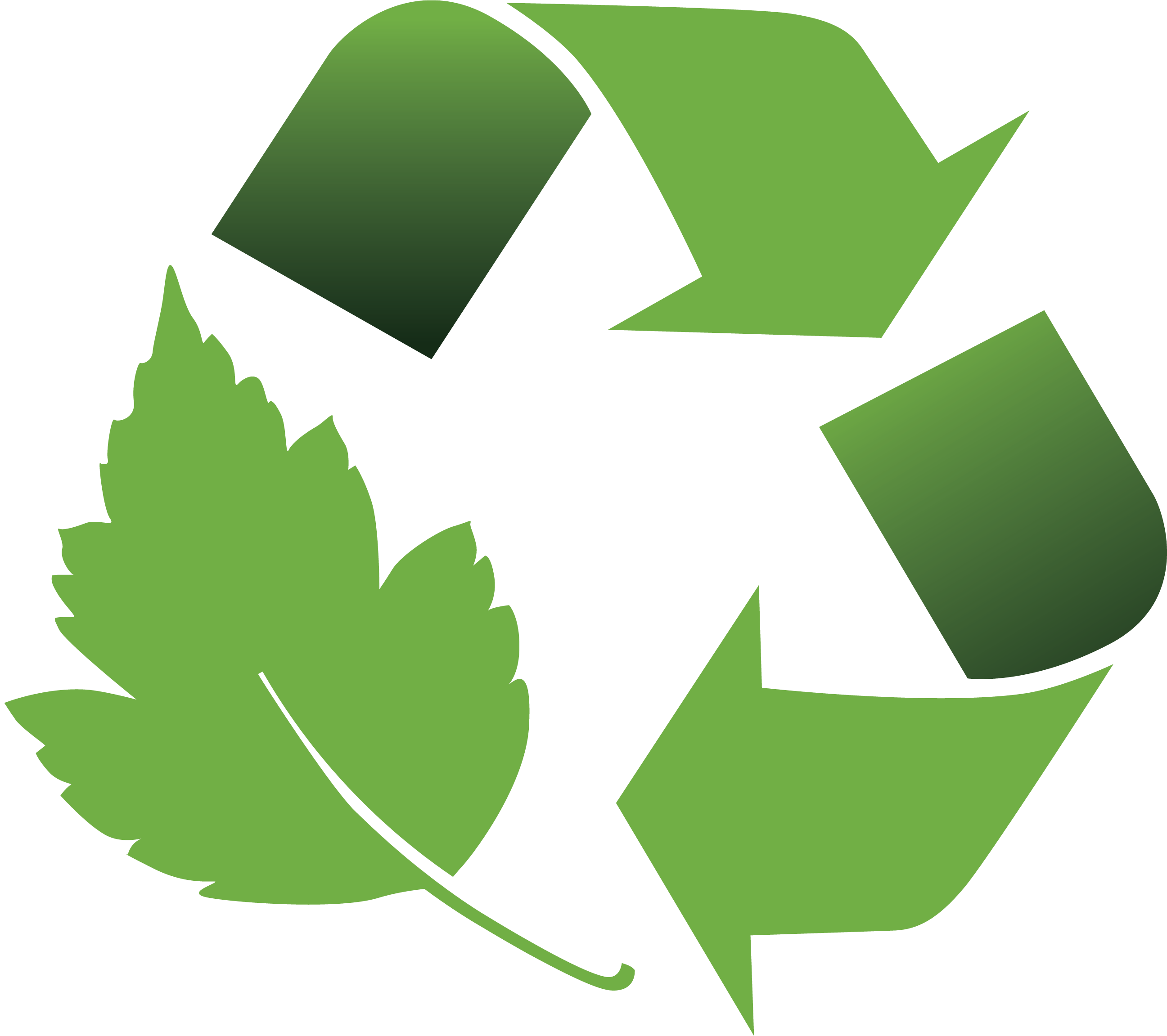Useful Facts about Tarnish and Silver
Whether it’s your favorite piece of jewelry or the fancy silverware that you save for special occasions, there is nothing worse than finding tarnish has covered the entire surface of your silver. Tarnish can seem like a huge hassle that comes with owning silver, but it doesn’t have to be. Simply purchasing anti tarnish material can be the solution you are looking for. However, many people do not understand the facts behind tarnish and silver. Here are a few things you ought to know in order to keep your jewelry looking new:

- Tarnish is a type of corrosion. Tarnish is corrosion that forms in a thin layer over copper, brass, silver, bronze, and other similar metals. It is caused by a chemical reaction with corrosive elements in the atmosphere. Visually, it appears as a dull gray or black coating over the metal. Only the top few layers of silver are exposed to tarnish. While most people have an understanding that tarnish is caused by oxygen in the air, this is not always the fact. Silver, for example, is tarnished mainly by hydrogen sulfide (H2S) and sulfur dioxide (SO2).
- Patina and tarnish are two separate entities. Patina is not quite the same thing as tarnish even though it is also categorized as a thin layer that develops on the top of metal. Patina is a green color that forms on metal as it ages.
- Air restriction can help prevent tarnish. Many people store their silver in places that are air-restricted in order to prevent tarnish. If you store your silver in a cabinet or chest, inevitably tarnish will develop as they are not air tight and often the materials in the cabinet or chest’s construction can also cause tarnish.
- The longer the tarnish has been on the metal, the harder it is to remove. The amount of time tarnish has been on the surface of a piece of silver is the determining factor of how hard or easy it will be to remove. The longer it has developed, the harder it will be to remove. Polish is used for silver that has been exposed to tarnish for a long time, while a clean cloth can work on just mild cases.
- Jewelry that is worn often is less likely to tarnish. The more you use your silverware or put on your silver necklace, the less you are going to have to worry about tarnish. The easiest way to prevent tarnish is frequent use of the piece.
- Tarnish covers up blemishes and flaws on silver. One of the only benefits to tarnish is that it covers up any damage on the silver. The darkness of tarnish can hide some flaws on silver.
- An anti-tarnish material bag can protect your silver from tarnish. If you don’t use your silver on a regular and/or frequent basis, then you should be storing it in a bag that has anti tarnish material. That will give your silver the ultimate protection.
Follow the above tips to keep your jewelry and other silverware looking brand new during storage, shipment, and display.




